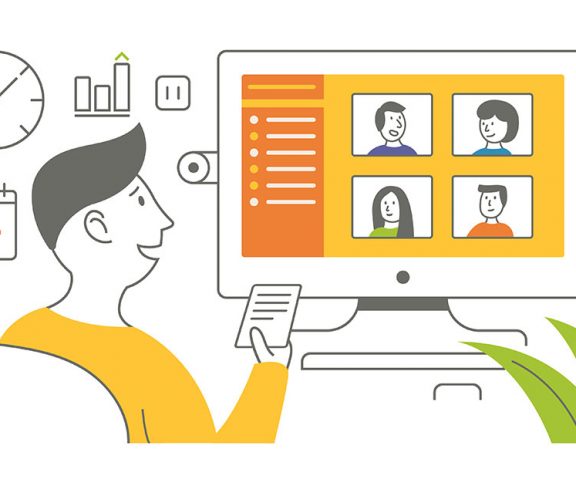
Kelly Mendoza
Senior Director of Education Programs, Common Sense Education
Today’s students grow up with the power of digital media and technology to explore, connect, create, and learn in new ways. With this power, young people have great opportunities, but they also face challenges and dilemmas.
Schools are dealing with the ramifications, including issues like online safety, cyberbullying, privacy, online hate speech, misinformation, excess screen time, and digital distraction. To address these issues, schools are teaching digital citizenship to help students use technology responsibly to learn, create, and participate.
Schools are building a positive culture around media and technology by incorporating digital citizenship education into their curricula. Many teachers believe digital citizenship is important but face challenges in teaching it. Below are some common myths about digital citizenship I hear from teachers, and an explanation of how to overcome each obstacle.
1. “I don’t have time”
It’s true that teachers have a lot on their plates. Digital citizenship may seem like just another flavor of the month, but more and more, teachers are realizing that teaching digital citizenship is an essential foundation for their students’ digital learning abilities.
I see teachers weaving digital citizenship into English language arts, civics and social studies, and even math and science. Teachers can teach shorter mini-lessons, show a video and discuss, or have a weekly “dig cit moment” to grapple with a digital dilemma such as, “What do I do if I see someone being bullied online?” or “What questions should I ask before sharing a picture online?”
2. “My students are already tech savvy”
Your students may be tech savvy but that doesn’t mean they’re tech smart. Knowing how to use apps and tools is one thing, but knowing how to be a citizen in the digital world requires a set of social-emotional competencies teachers need to guide students through.
And rest assured, you don’t need to be tech savvy to teach digital citizenship. Rather, it’s about teaching responsible decision-making, self-awareness, and perspective-taking. Try asking students about the websites, games, and social media they use, and then discuss how to address digital dilemmas they face.
3. “Our librarian or tech coordinator already teaches digital citizenship”
In my work supporting schools with the free K–12 Common Sense Education Digital Citizenship Curriculum, I have seen many librarians and tech specialists who implement digital citizenship in schools. This is fantastic! But often, I also see that these people are the only educators in the school teaching students these skills and habits of mind.
I advocate for a whole-community approach to digital citizenship, including teams of teachers teaching students, parent and family education, and professional learning for all staff. The more people involved in creating a positive culture of digital citizenship, the more likely it will become the culture of the school.
Do any of these obstacles resonate with you? How can you think about them differently? The reality is this: Our future in the digital world lies in our students. They are shaping what the digital world will be, for good or for bad. It is up to us to guide them as citizens of the digital world: a world we want to be proud of.

